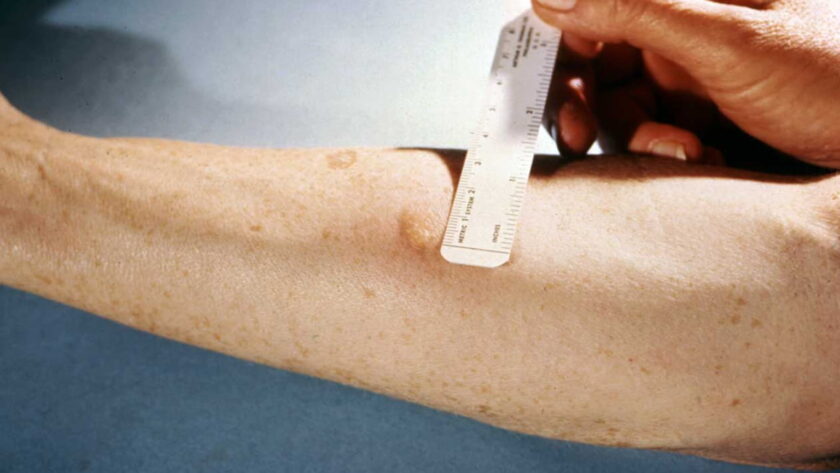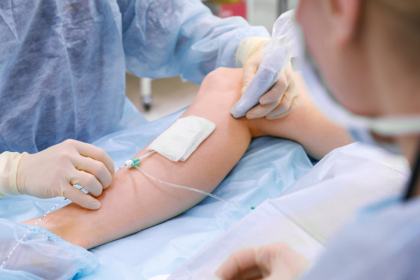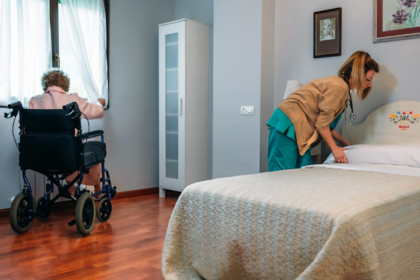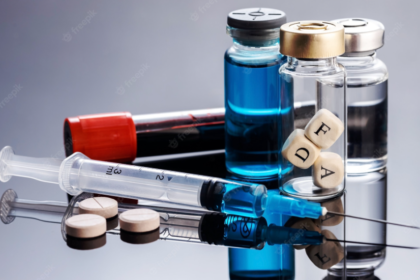Tuberculosis (TB) remains a significant global health concern, with millions of new cases reported annually. Early detection and treatment are crucial for controlling its spread and minimizing its impact on individuals and communities. Among the various diagnostic methods, the TB skin test, also known as the Mantoux tuberculin skin test, plays a pivotal role in identifying latent or active infections. This article delves into the intricacies of this procedure and its importance in the fight against TB.
What is the TB Skin Test?
The test involves the intradermal injection of a small amount of tuberculin-purified protein derivative (PPD) into the skin, usually on the forearm. After 48 to 72 hours, a healthcare professional examines the injection site for any reaction, typically swelling or induration (hardening), which indicates an immune response to the TB bacteria.
The Procedure Explained
The procedure begins with the selection of the site and cleaning of the area. A precise amount of PPD is then injected just beneath the skin’s surface, creating a small bump. This is a quick and relatively painless process. The crucial part comes 48 to 72 hours later when the test must be read by a trained professional. The size of the induration, not the redness, is measured, and based on this measurement, the result is determined to be either positive or negative.
A positive result does not necessarily mean the person has active tuberculosis; it indicates that the person has been exposed to the bacteria and may have a latent infection or, less commonly, an active disease. Further tests, such as a chest X-ray or a sputum test, are required to differentiate between latent TB infection and active TB disease.
Significance of Early Detection
Identifying those with latent TB infection is especially important because they can receive treatment to prevent the development of active TB disease. This not only protects the individual’s health but also significantly reduces the risk of transmission to others.
Moreover, in regions where TB is more common, regular screening helps in monitoring the effectiveness of public health interventions and in identifying outbreaks early. For those who work in or frequently visit high-risk environments, such as healthcare facilities, prisons, or homeless shelters, periodic testing is essential for maintaining health and safety standards.
Conclusion
The TB skin test is a valuable tool in the global effort to combat tuberculosis. By understanding its procedure and significance, individuals can better appreciate the role they play in this collective fight. Whether through participating in routine screenings or encouraging others to do the same, each action contributes to a larger strategy aimed at eradicating this infectious disease. Awareness and proactive participation are key to turning the tide against TB.





